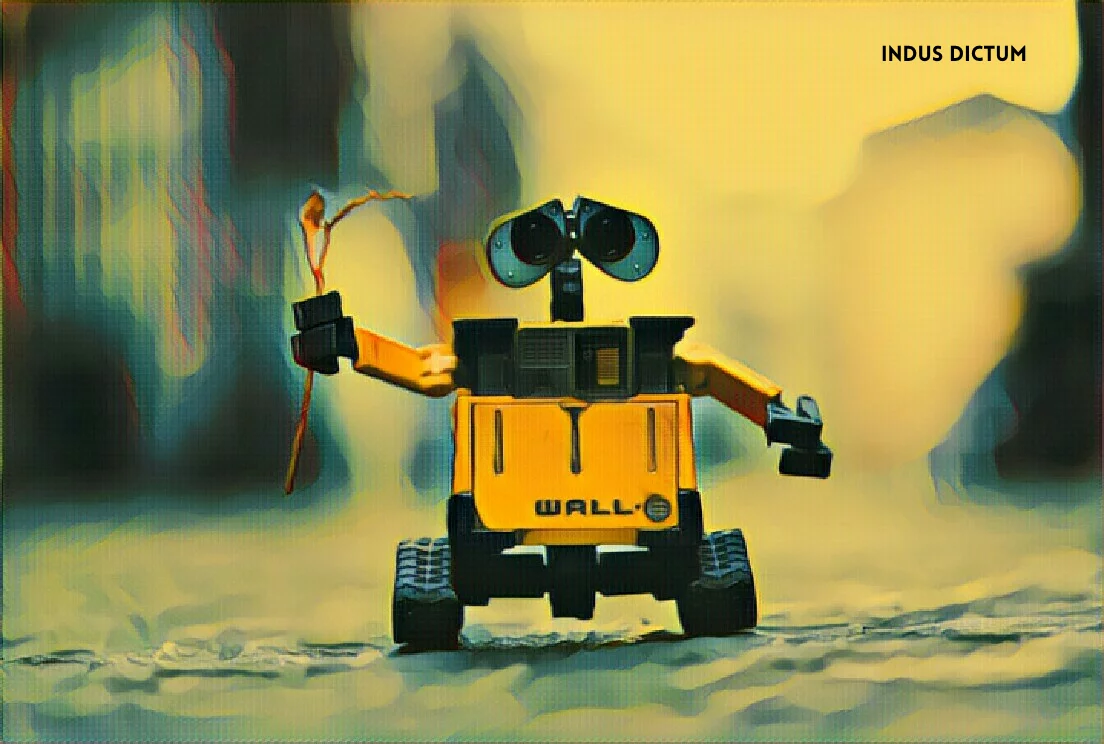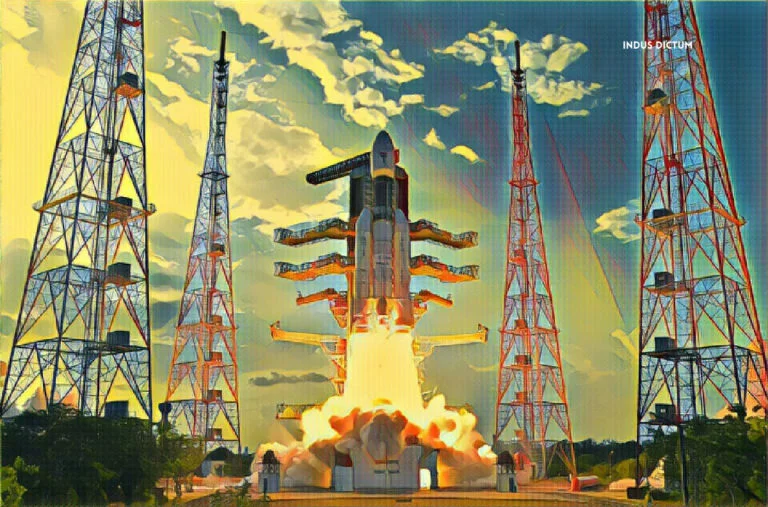Ghost in the Machine
This is “Handle”. Handle spins, leaps and sprints on two wheels at 9 miles an hour, stands six-and-a-half feet tall, clears 4 feet in a vertical jump, effortlessly navigates complex terrains and obstacles like stairs and snow, while carrying loads of 50 kilos. And Handle does all that on battery power.
Boston Dynamics is the inventor of Handle, the replacement for all oxygen-dependent employees at Amazon warehouses, and an advanced robotics firm until-recently owned by Alphabet, parent-company of Google. They have been working on automation techniques for over 2 decades, and are at the very forefront of robot design. Boston Dynamics now belongs to the notoriously industrious Japanese corporation, SoftBank, and Handle is here to take your job.
Handle and other autonomous robots like him will, over the next 30 years, lay-off millions of workers across the world. And it’s only a matter of time before robots begin building new robots like themselves. There exists already a 3D printer that can 3D print another 3D printer — The RepRap.
The strongest omen comes from the one country that stands to lose the most in a post-labour global economy. Three years ago, a smartphone sweatshop factory in China replaced 90% of it’s human employees with robots. In a matter of days, production increased 250% and defects dropped by 80%.
ChangYing Precision Tech Corp dismissed 590 of its 650 workers, and the five dozen employees still working there primarily ensure that the machines are running properly. ChangYing also uses automated production lines and autonomous transport trucks. The results of the experiment exceeded all expectations, and General Manager Luo Weiqiang said the number of employees may drop to 20.
At about the same time ChangYing was conducting it’s automation experiment, German sportswear and equipment maker Adidas opened in Germany a fully-automated shoe manufacturing plant, producing the first 500 shoes made entirely by robots. The production line is impressively quick and, as expected, vastly more efficient than it’s human-operated counterparts. The plan then – after investing over 20 years in the development of a manufacturing chain in Asia – is to shift all manufacturing back to Germany by 2023, and cease it’s infamous hand-crafting activities in China and other APAC countries.
Nike, Adidas’ most passionate rival, has attacked another link in the production-chain — paint. Nike engineers now employ robots to paint shoes and other equipment with inhuman precision. Or, more accurately, posthuman precision. Perhaps the greatest challenge, however, will be to an industry rooted deeply in it’s labour-centric ideology and founded on Henry Ford’s revolutionary assembly-line concept – automobiles.
Tech-magnate Elon Musk has oftentimes voiced his proclivity for automating Tesla’s mythical assembly-lines. After encountering uninterrupted success with every release since the Model S in 2012, Musk finally declared that his goal is to “radically remake not simply auto manufacturing, but all manufacturing by using a much higher degree of automation.” And if you haven’t noticed already, Elon get what Elon want.
Tesla has lofty ambitions to fulfill, and many hundreds of thousands of cars to deliver in the next 2 years. So to streamline the process and make up for lost time, the poster-child of electric vehicles acquired German robotics-design firm Grohmann Engineering. Grohmann is over 30 years old and employs hundreds of specialists in automated processes (read: giving your job to a computer).
The only contender to Tesla’s process-game is Daimler, the owners of Mercedes-Benz. Daimler’s foray, sadly, is limited to 3D printing spare parts for trucks and heavy-transport vehicles. Nothing even remotely in the ballpark of automation that is the driving force behind the microprocessor-crazed Musk.
Manufacturing and production, then, teeter on the cusp of revolution. By 2021, “four out of every 10 jobs globally will be lost because of automation, and of these, a quarter will be from India. That sums up to 23% of job loss in India,” according to PeopleStrong CEO and founder Pankaj Bansal. A truly staggering number.
To account for the relentless march of technology and automation, and prepare for the post-labour market, economists and businessmen propose two potential solutions – either a Universal Basic Income (UBI) or a Robot Tax. Both policies have their supporters – Mark Zuckerberg and Nobel-winning economist Angus Deaton favour the UBI, while Bill Gates and Stephen Hawking recommend a Robot tax – even as people like Musk call for combined legislation. At any rate, human enterprise is at a proverbial fork in the road, and the next decade could be the most catalytic in economic history.
Ankur Borwankar is an author, lawyer, motivational speaker & entrepreneur. He is the Founder & Editor-in-Chief of Indus Dictum.
Follow Ankur on Facebook, Twitter & LinkedIn.
To read more of his write-ups, visit the Articles Page.
To find out more about his work, read About Ankur.
You can get in touch with Ankur through the Contact Page.
This article first appeared in Indus Dictum.









Very interesting and if all predictions come true, an eye opening article.